In this episode we bid a fond farewell to Bradbury with one last conversation about his book, Zen in the Art of Writing. We discuss what’s in the book, what it meant for us personally, and how readers can get the most out of this writing craft book. Lastly, we send off Bradbury with our favorite Zen quotes.
And then it’s on to Jack Bickham’s Scene and Structure. Renee gives a bit of context about the book and Kim interview Kristen Tate, an editor who reviewed the book on her website, The Blue Garett.
Special Guest: Kristen Tate, PhD
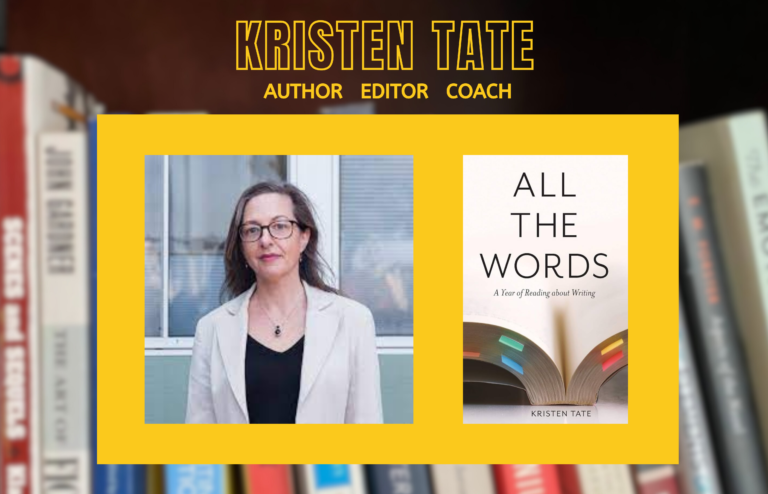
To introduce our next book, Jack Bikham’s Scene and Structure, we had the pleasure to interview Kristen Tate, writer, editor, writing coach and proprietor of The Blue Garret. Her book, All the Words: A Year of Reading About Writing, is a collection of reviews of and reflections on writing craft books (yes, she has even reviewed Scene and Structure).
Kristin Tate has a PhD in English from Columbia University, with a focus on novels and publishing history. Kristen is also the founder of the SF Bay Area chapter of the Editorial Freelancers Association.
Zen in the Art of Writing: It's All About the Process
Bradbury’s craft book will not lay out a set of bullet points, if followed, will perfect your scenes, polish your prose, or even transform your Nanowrimo draft into a cohesive story with a beginning, middle, and end. This is not that book. Part inspirational pep talk, part origin stories to his famous works, this book shares Bradbury’s methods to unlock one’s subconscious in the creative writing process. He will inspire with his ‘secrets to success,’ which he shares freely and emphatically.
Quick & Dirty Guide to Zen
The Best Chapters
In Bradbury’s craft book, not all chapters are created equal. Although we loved his emphatic encouragement (“Gusto!“) and his method (“conjure the nouns!), the further along you read, the more diminishing the returns. Kim and Renee both agreed the preface, chapters one through five, then ten, dispensed the best advice, while chapter seven and eight and nine weren’t worth the time.
Write Fast, but Read Slow
Before embarking on the journey that is Zen in the Art of Writing, we suggest reading some of Bradbury’s work, like The Illustrated Man, The Martian Chronicles, Dandelion Wine or Fahrenheit 451. These essays include origin stories of his famous novels and short stories, as well as methods to dig imaginatively deep to dredge up some mind bending plots. He is considered one of the fathers of classic Science Fiction, after all. And it helps to know where his advice is coming from.
Even more importantly, we suggest reading the chapters in this craft book multiple times to get the most out of it. Bradbury is a wordsmith, a metaphor connoisseur, a self professed drunk man in charge of a bicycle. He imparts his wisdom conversationally yet poetically, so don’t let this short book with big type fool you. His words will encourage and inspire, but his advice isn’t bullet pointed. You will not find any charts or examples of scenes, no case studies of plots or dialogue.
Bradbury's Best Advice
Kim was a fan of Mr. Electrico from chapter four, the carnie who gave eleven year old Bradbury a tour of the circus, which laid the foundation for Something Wicked This Way Comes. Mr. Electrico inspired Bradbury to seek an adult life beyond society’s template, to stay true to his imagination and become a writer. Kim calls this the Mr. Electrico Moment, the person who kickstarted the writer on their path to the page.
For Renee, she thought the metaphor of the Menu on which the Muse feeds from chapter three described the process and importance of reading for a writer perfectly. Which just goes to show, you can take the girl out of the classroom but you can’t take the educator out of the girl. Renee still feeds her muse on daily doses of short stories, poems, and non-fiction.
Favorite Quotes
Kim’s Favorite Quote:
And work itself, after awhile, takes on a rhythm. The mechanical begins to fall away. The body begins to take over. The guard goes down. What happens then?
Relaxation.
-from “Zen in the Art of Writing”
Renee’s Favorite Quote:
In a lifetime, we stuff ourselves with sounds, sights, smells, tastes, and textures of people, animals, landscapes, events, large and small. We stuff ourselves with these impressions and experiences and our reaction to them. Into our subconscious go not only factual data but reactive data, our movement toward or away from the sensed events.
-from “How to Keep and Feed a Muse”
Jack M. Bikham's Scene & Structure
From our interview, Kristin Tate says “this book by Jack Bikham is one of those books that really gets down into the toolbox and goes into a lot of detail about how scenes work.”
Jack M. Bickman promises a game plan to transform your story into a commercially successful novel. In Scene & Structure, he focuses on crafting compelling scenes by using cause and effect to advance the plot and keep your readers turning the page. Now who wouldn’t want that?
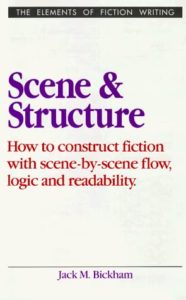
A Tribute to Jack Bickham
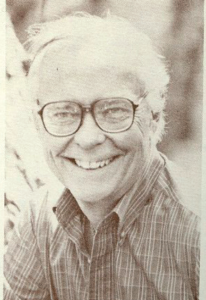
Jack Bikham, author of Scene & Structure, was quite the powerhouse in the commercial fiction arena. Publishing seventy-five novels, of which The Apple Dumpling Gang and Baker’s Hawk, were made into movies, Bikham juggled both a career as an author and an educator. He taught at the University of Oklahoma’s Herbert School of Journalism and received the Arrell Gibson Lifetime Achievement Award. Some of his most notable books include those from the Western Genre, such as Gunman’s Gamble and The Hangman’s Territory.
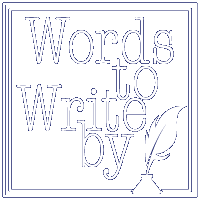

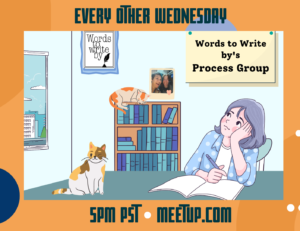
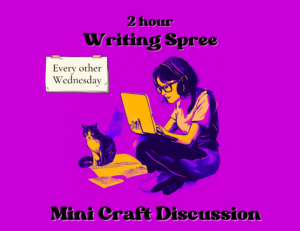


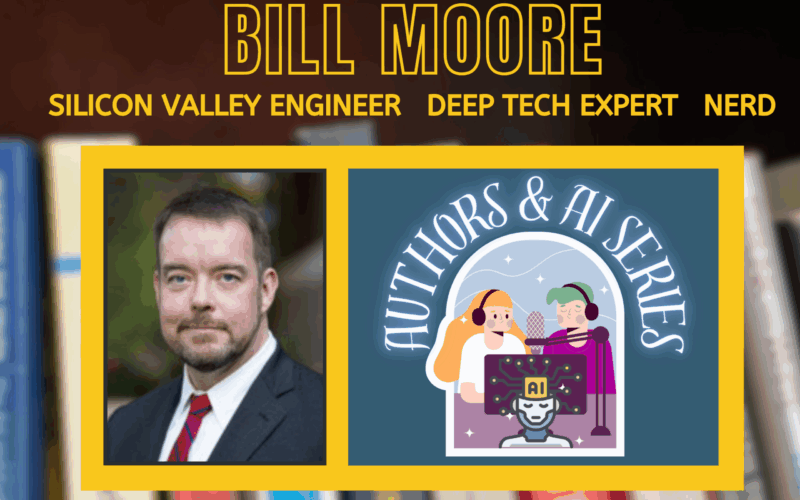
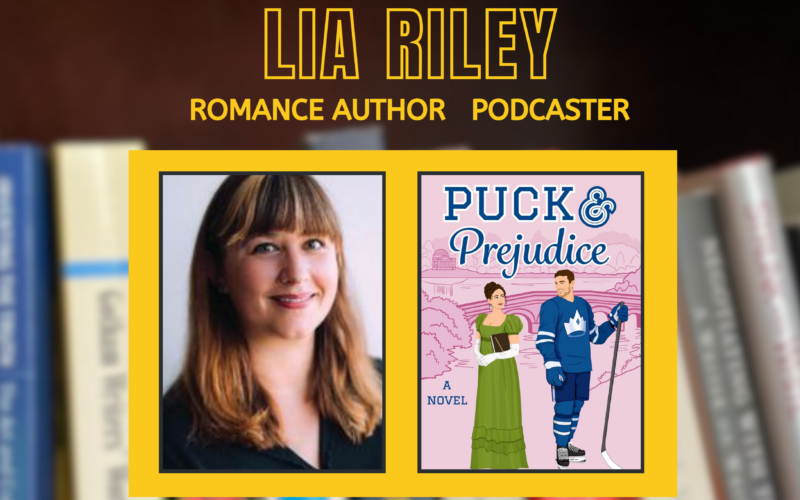
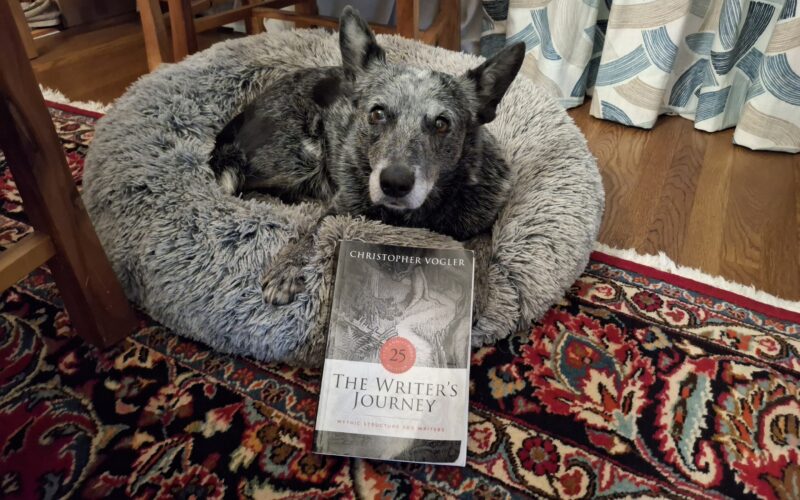
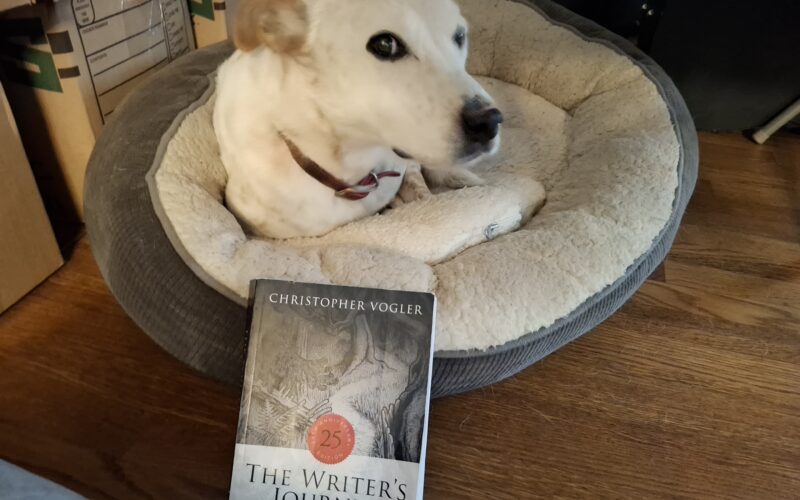
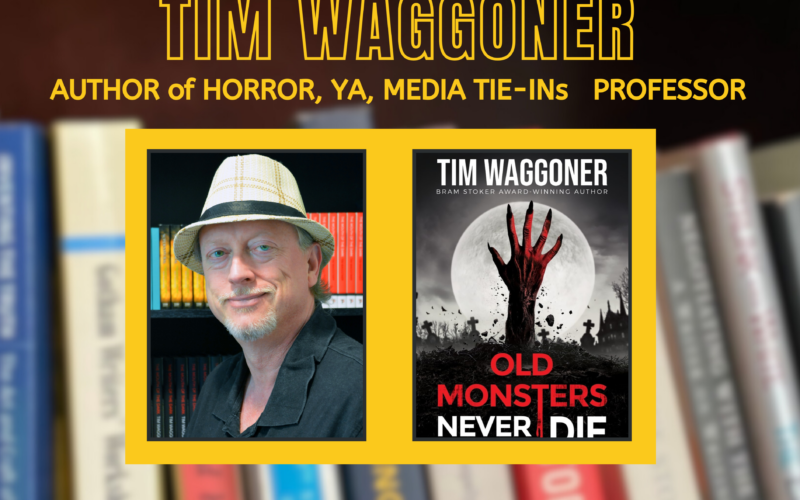
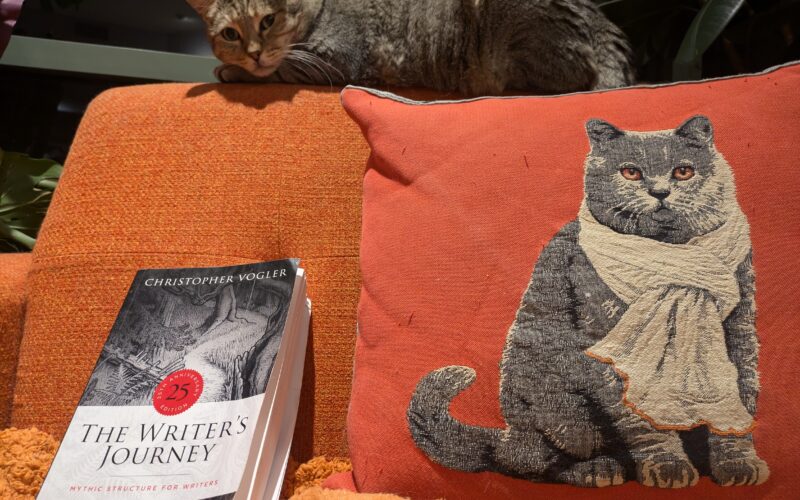
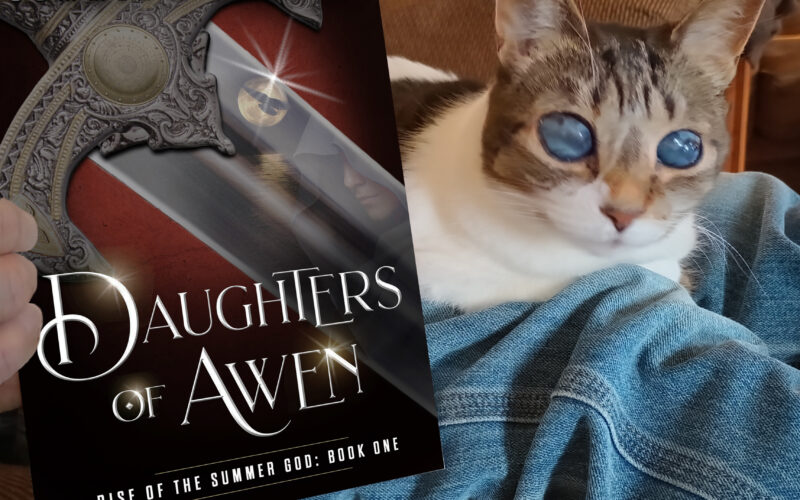

What’s Really Happening When AI Writes? An Interview with Bill Moore
We've been putting AI chatbots through creative writing challenges, but what are these systems actually doing when they write? In this episode, we bring in AI expert Bill Moore. Bill...